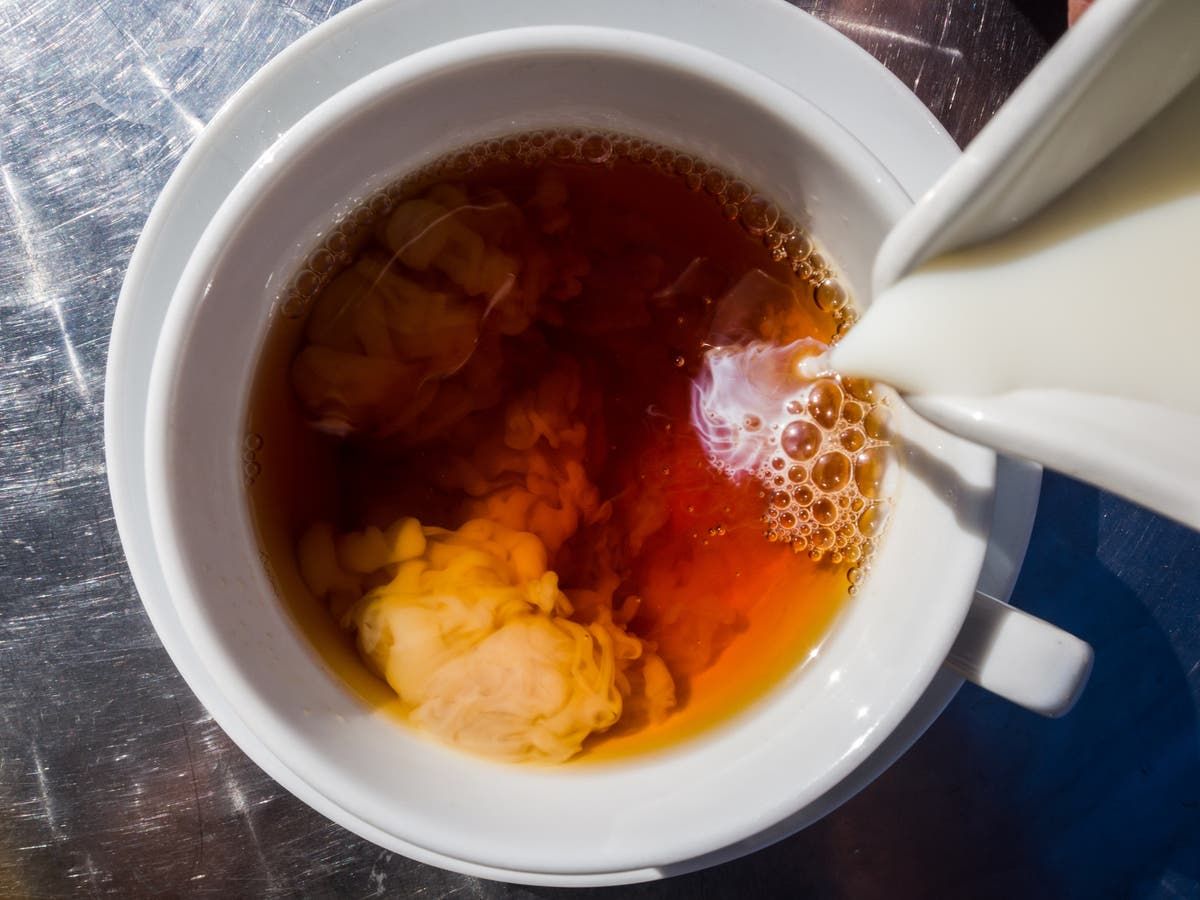Truly support
independent journalism
Our mission is to provide unbiased, fact-based reporting that holds the powerful to account and exposes the truth.
Whether it's $5 or $50, every contribution counts.
Support us in offering journalism without agenda.
The typical backyard food grower is familiar with planting vegetables, tomatoes, peppers, squash, herbs, berries and other staples, plus perhaps a few exotic crops that are hard to find at the grocery store. Beverages, however, are not usually high on their list.
I've written about growing coffee indoors, but it's more for sport than supply, as the average houseplant can be expected to produce only enough beans for a single cup. However, growing tea plants in the garden can provide enough leaves to keep your teapot going all year round.
Camellia sinensis var. sinensis, a cold-hardy variety native to China, is a multi-branched shrub ideal for growing in U.S. hardiness zones 7 and 8, although it can survive winters in zone 6b with protection. Camellia sinensis var. assamica, which leans more like a tree than a shrub, is native to India and is only recommended for zones 8 and above. Some other varieties can grow beyond those limits.
These evergreen plants are easy to grow in deep shade or full sun (although partial or light shade is ideal) and only require well-drained soil with a slightly acidic pH.
Young plants take about two years to produce enough leaves for a sufficient harvest. In five years, a single plant should provide enough for a moderate tea drinker. Need more? Plant more.
White, green, black and oolong tea all come from the same plant, but their differences are due to harvesting practices and post-harvest oxidation treatments of the leaves.
For white tea, pluck the buds from each stem tip before they fully open. Heat them in a saucepan over low heat, stirring constantly for about 10 minutes, then cool and store in an airtight container.
For green, black and oolong tea, pluck two or three of the youngest leaves from each stem, along with the bud at the tip of each stem, every 10 to 12 days as the new shoots develop. Then proceed as follows depending on the type of tea you want.
Green Tea:
Briefly steam the leaves over boiling water, then spread them out on a kitchen towel and let them sit for 5 minutes. Roll the leaves up in the towel and wring them out very carefully to absorb excess moisture. Remove from the towel, separate the leaves, and place them on a baking sheet. Heat in a 300-degree oven or toaster oven for 10 to 15 minutes or until dehydrated. Infuse immediately or cool and store in an airtight container for later use.
Oolong tea:
Arrange the leaves in a single layer on a baking sheet or tray and let them wilt in a sunny spot outdoors. After 30 to 60 minutes, move the tray into the shade and stir the leaves every hour for 8 to 10 hours. Then place them in a wide skillet and cook over low heat for 15 minutes, stirring gently as needed to prevent burning. Allow them to cool, then roll each leaf individually to preserve their oils and flavors. Allow them to dry completely before storing in an airtight container.
Black tea:
Place the leaves on a baking sheet in the sun for 10 to 12 hours to remove only 50 to 75 percent of their moisture, then cut them into strips and form into balls. Ferment by placing the balls in a humid room at 78 to 80 degrees until they turn a coppery black color, then dry them in a 200°F oven for 5 minutes. Lower the temperature to 140°F and continue drying for another hour. Let cool and store in an airtight container.












